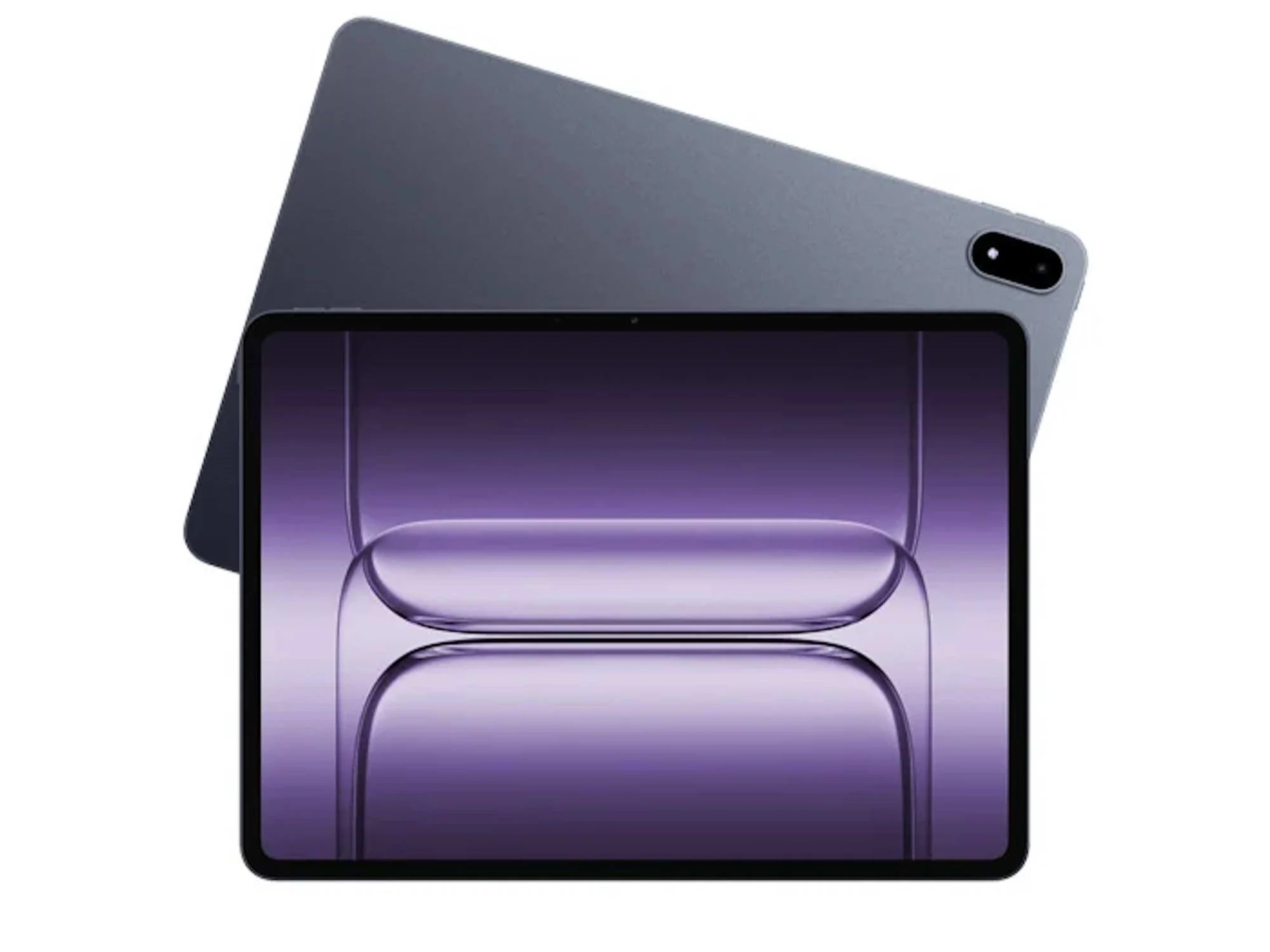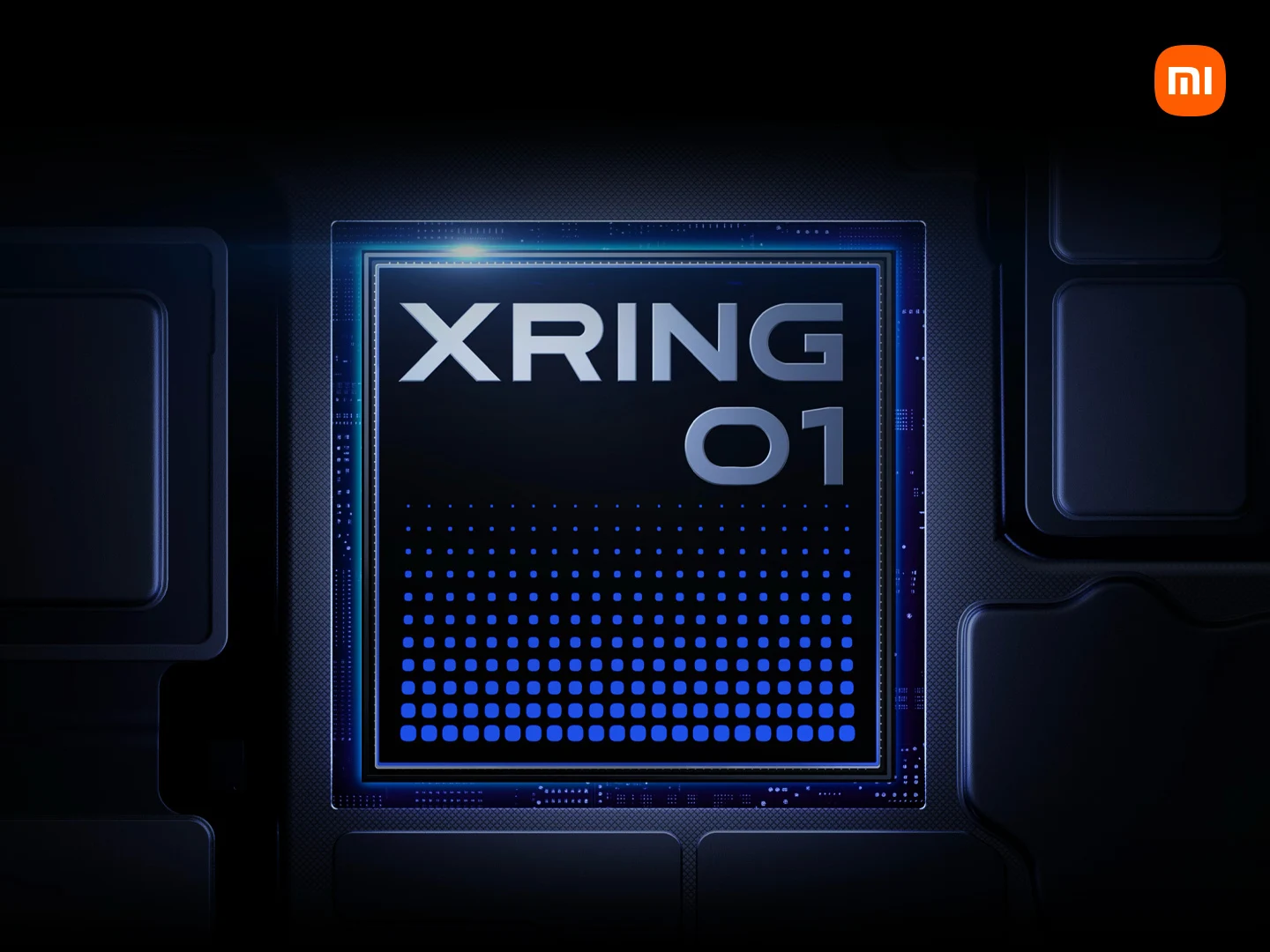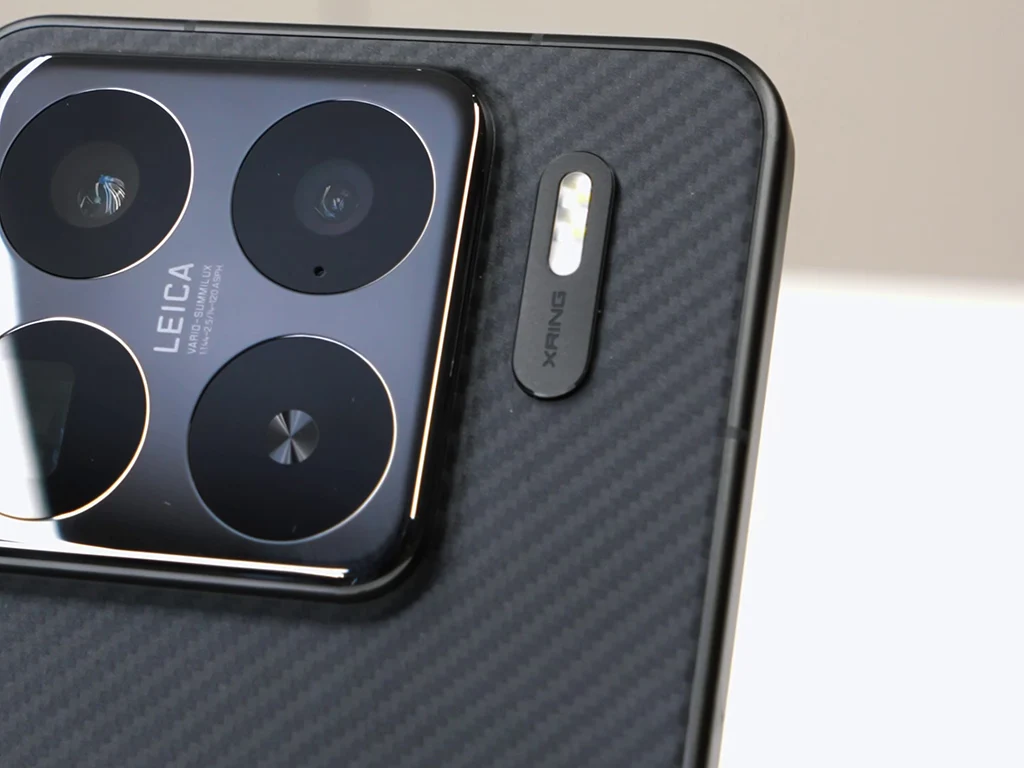Key Takeaways
1. Xiaomi is focusing on their upcoming foldable phone, the Mix Flip 2, alongside other devices like the Xiaomi 15S Pro and Xiaomi Pad 7 Ultra.
2. The Mix Flip 2 is set to launch in June, but it will not be revealed at the same event as the Redmi K80 Extreme Edition and Redmi compact gaming tablet.
3. The Mix Flip 2 will use Qualcomm’s Snapdragon 8 Elite processor, offering better performance compared to its competitor, the Galaxy Z Flip7.
4. The Galaxy Z Flip7 is expected to launch in July with an Exynos 2500 chip, which may underperform compared to the Snapdragon 8 Elite.
5. The Mix Flip 2 will be Xiaomi’s only foldable phone for this year, and plans for a larger model are currently on hold.
With the release of the XRing O1 and other devices like the Xiaomi 15S Pro and Xiaomi Pad 7 Ultra, it seems that Xiaomi is now focusing on their upcoming foldable phone, the Mix Flip 2.
Upcoming Launch Details
According to information from Digital Chat Station, the Mix Flip 2 is set to be among several Xiaomi devices that are expected to launch next month. The leaker has confirmed that this clamshell-style foldable phone will be unveiled in June, alongside other products such as the Redmi K80 Extreme Edition and the highly anticipated Redmi compact gaming tablet. It’s important to note, however, that the Mix Flip 2 will likely not be revealed at the same event as the Redmi devices.
Performance Comparison
The Mix Flip 2 will feature Qualcomm’s Snapdragon 8 Elite processor, which gives it a competitive edge over its main competitor, the Galaxy Z Flip7. The Galaxy Z Flip7 is anticipated to launch in July and is rumored to be equipped with an Exynos 2500 chip, with recent benchmark tests suggesting that its performance lags behind that of the Snapdragon 8 Elite.
Future Plans for Xiaomi
As previously mentioned, the Mix Flip 2 will be Xiaomi’s sole foldable phone for this year, with any plans for a larger model succeeding the Mix Fold 4 currently off the table.
Source:
Link










